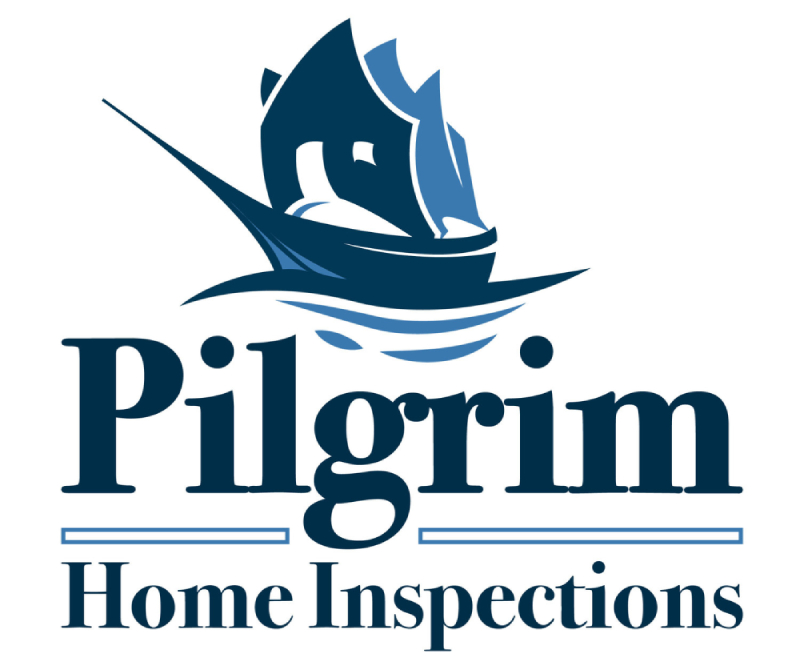Home inspectors assess the condition of a property’s major systems. Home inspections are essential when buying a house because they ensure there are no issues you weren’t aware of when signing a purchase agreement. Here are 4 common things that fail a home inspection that your home inspector will be on the lookout for:
Safety Hazards
Inspectors will find the problems that could threaten a home’s occupants’ well-being. We are looking for hazards such as loose handrails and faulty smoke detectors. Other common issues include chimney blockages, broken furnaces, or electrical wiring that’s under-code. A lesser-known home safety hazard we find all too often is accumulated clothes dryer lint at the dryer vent hose. The dryer catches most of the lint at the screen. However, the remaining lint accumulates over time and can pose a severe fire hazard. Dryer lint is highly flammable! If you’re a DIY’er, you can vacuum this out from behind the dryer by disconnecting the dryer hose or from outside by removing the vent cover. There are also handymen and companies that perform this work. In conclusion, cleaning the system at least once a year is a simple way to keep the home safe.
Structural Problems
Structural problems are anything that affects the structural reliability of a house. These issues typically happen due to inadequate design or structural faults. Frequent examples include foundation cracks. Foundation cracks can happen due to several reasons, including settlement. Settlement happens most in older homes because the weight of a house causes the foundation to shift over time, mainly because the soil underneath is not stable. Furthermore, water damage can cause foundation cracks. In these situations, water seeps into the ground beneath, causing the soil to expand and shift. The soil expansion puts pressure on the foundation, and cracks form. Other examples of structural problems we see are sagging floors and uneven gaps in windows and doors.
Exterior Issues
Many various exterior home issues can occur. Common external problems include missing shingles, loose bricks, and cracks in siding. Additionally, a common exterior problem we see is poor drainage due to flawed gutter systems. Gutters collect rainwater and direct it away from your home’s foundation. Without gutters, rainwater can pool around your foundation, causing cracks. This one exterior issue can lead to a substantial structural problem since these cracks compromise the stability of the whole building. Unfortunately, exterior repairs can be quite costly, so you want to know before you close on a house what repair costs you’ll need to budget for.
Interior Issues
We carefully inspect houses from floor to ceiling for signs of water damage, pests, and other abnormalities. These issues can pose significant threats to the well-being of the dwelling and the occupants. Water causes mold and mildew. Pests, such as termites and carpenter ants, can cause considerable structural damage to the home. While most people know that termites feed on wood and damage the structure of a house, few people know that they can also significantly damage electrical wiring. Indeed, they penetrate electric cables while they forage for a food source. Their tunneling damages the covering of electrical cords. The best case in this scenario is that they force the electrical system to shut down. The worse case is that these termites cause an electrical fire.
We Can Find the Things That Fail a Home Inspection
A home inspection is a great way to ensure you’re getting the home you negotiated for. In addition, many lenders will only finance a property with an inspection first. These inspections are crucial because they identify things that fail a home inspection so that the seller can rectify the issues before closing. Contact us today to learn more about how we can ensure the home you’re buying is in good shape.


.png)